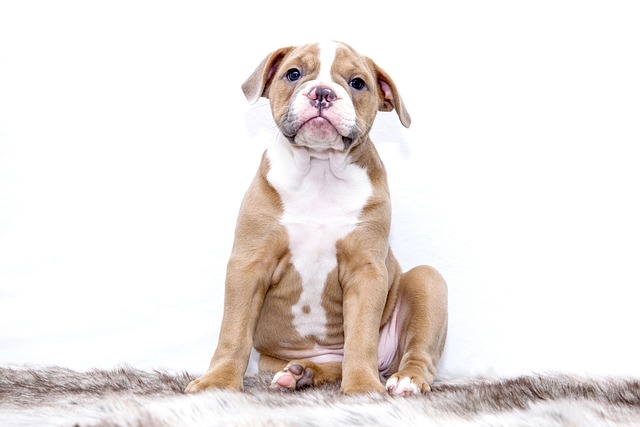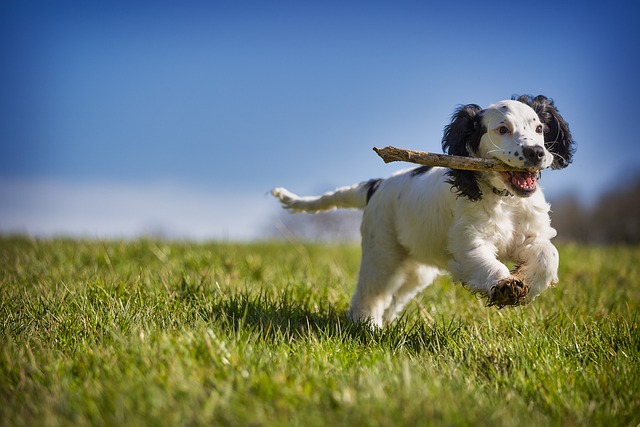Are you a proud owner of a new puppy? Congratulations! It’s an exciting time, but it’s also essential to ensure that your furry friend is well-prepared for their new life with you. In our comprehensive and detailed article, “Handling And Habituation: Preparing Your Puppy For Everyday Life,” we aim to educate and inform individuals and families about the importance of handling and habituation. We will provide you with practical tips and advice on how to safely introduce your puppy to different experiences and environments, helping them become confident and well-adjusted companions. So, let’s embark on this journey together and set your puppy up for success in their everyday life!
Table of Contents
Introduction
Section 1: Handling Your Puppy
1.1 Holding and Carrying Your Puppy
1.2 Touching Your Puppy’s Paws and Ears
1.3 Gently Restraint Training
Section 2: Habituation Training
2.1 Exposing Your Puppy to Different Environments
2.2 Introducing Your Puppy to Various Sounds
2.3 Socialization with People and Other Animals
Section 3: Daily Life Preparations
3.1 Leash and Collar Training
3.2 Basic Commands
3.3 Crate Training
Conclusion
Introduction
Congratulations on welcoming a new puppy into your life! This is an exciting time filled with love and joy, but it’s also important to ensure that your puppy is well-prepared for the everyday challenges they might encounter. In this article, we will discuss the essential aspects of handling and habituation training for your puppy, as well as daily life preparations to set them up for success.
Section 1: Handling Your Puppy
1.1 Holding and Carrying Your Puppy
When it comes to holding and carrying your puppy, it’s crucial to do it safely and comfortably for both you and your furry friend. Support your puppy’s back end with one hand while gently cradling their chest with the other. Avoid squeezing or gripping them too tightly, as this can cause discomfort or anxiety.
1.2 Touching Your Puppy’s Paws and Ears
Getting your puppy accustomed to having their paws and ears touched is essential for future grooming and veterinary care. Start by gently touching their paws and ears for short periods each day, gradually increasing the duration as they become more comfortable. Reward them with praise or treats to create positive associations.
1.3 Gently Restraint Training
Restraint training is important to ensure your puppy remains calm and cooperative during veterinary visits or grooming sessions. Start by gently holding your puppy in a sitting or lying position and gradually introduce slight pressure around their body. Reward them for staying calm and relaxed, reinforcing positive behavior.
Section 2: Habituation Training
2.1 Exposing Your Puppy to Different Environments
To help your puppy adapt to various environments, it’s crucial to gradually expose them to different sights, sounds, and smells. Start by introducing them to low-stress environments, such as your backyard or a quiet park. Slowly increase the level of stimulation, ensuring their comfort and confidence throughout the process.
2.2 Introducing Your Puppy to Various Sounds
Puppies can be sensitive to new sounds, so it’s important to introduce them to a variety of noises in a positive and controlled manner.

2.3 Socialization with People and Other Animals
Socialization plays a crucial role in your puppy’s development.

Section 3: Daily Life Preparations
3.1 Leash and Collar Training
Leash and collar training is essential for your puppy’s safety and well-being during walks. Begin by introducing them to wearing a collar for short periods and gradually increase the duration. Once they are comfortable, attach a leash and allow them to explore their surroundings while guiding them gently. Reward them for walking calmly beside you.
3.2 Basic Commands
Teaching your puppy basic commands will not only make your life easier but also keep them safe in various situations. Start with simple commands like “sit,” “stay,” and “come.” Use positive reinforcement techniques, such as treats and praise, to reward their obedience and encourage good behavior. Be patient and consistent during training sessions.
3.3 Crate Training
Crate training provides your puppy with a safe and comfortable space of their own. Introduce the crate gradually, associating it with positive experiences and rewards. Start with short periods of crate time and gradually increase the duration, ensuring your puppy feels secure and relaxed. Avoid using the crate as a punishment, and always provide them with a cozy bed and toys.
Conclusion
By focusing on handling and habituation training, as well as daily life preparations, you are setting your puppy up for a successful and well-adjusted life. Remember to be patient, consistent, and always use positive reinforcement techniques. With love, care, and proper training, your puppy will grow into a happy and confident companion for many years to come.



